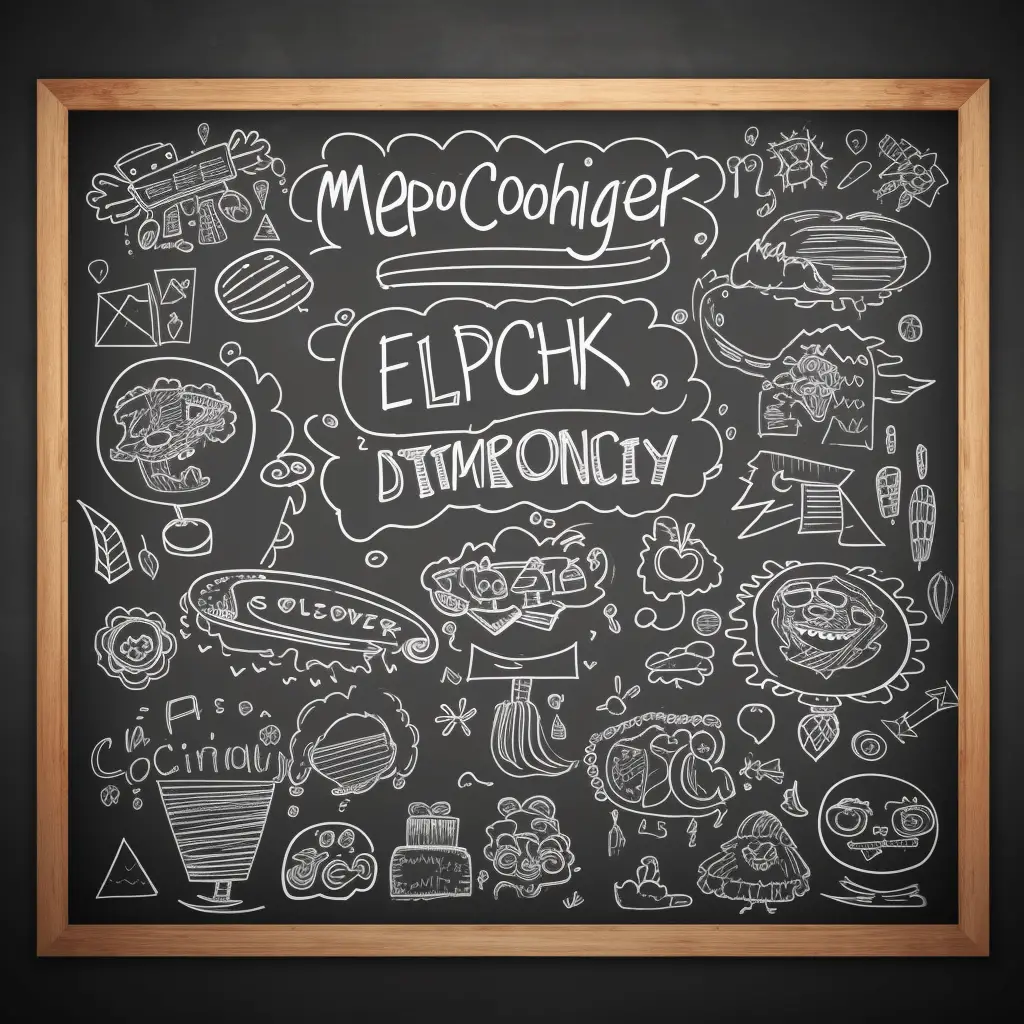
In psychology, central route processing is a method of persuading other people. It’s also known as central route to persuasion, which might make more sense. In this method, a user is supposed to focus on the facts and content of a message when trying to persuade a listener. This is instead of relying on external-to-the-argument factors like the listener’s appearance or personality, etc.
Central route processing is more effective when the audience is engaged, motivated to listen, and the facts are strong and well understood. It’s a useful method of persuasion as it doesn’t involve lying or manipulating an audience, and often has a good long-term understanding of the message if presented well.
If you think of advertisements, many will often only talk about the lifestyle benefits of a product and not list their problems (unless forced to by regulators). This isn’t central route processing, but more of dirty marketers trying to influence unsuspecting people. But when advertisements mainly use statistics and real information to present an idea to an audience, this is using the central route to persuasion.
Central Route Processing: A Deep Dive into Facts and Logic
When you’re swimming in the ocean of persuasion, central route processing is like using a snorkel to explore the depths of a coral reef. Instead of skimming the surface, this method dives deep into the facts and logic of a message. With central route processing, you’re not just splashing around with shallow distractions – you’re immersing yourself in the substance of the argument.
How Central Route Processing Differs from Peripheral Route Processing
Central route processing isn’t the only fish in the sea of persuasion. There’s also a craftier creature lurking beneath the waves: peripheral route processing. While central route processing focuses on the facts and logic of an argument, peripheral route processing is all about using those superficial, sneaky tactics to persuade. It’s like the difference between a dolphin (central route) and a shark (peripheral route) – one is friendly and logical, while the other uses cunning and superficial tricks to get what it wants.
When it comes to peripheral route processing, it’s all about the glitz and glam. This method relies on flashy appearances, catchy slogans, and celebrity endorsements to convince an audience. It’s like putting on a pair of sunglasses and sipping a fancy drink while lounging on a pool float – it’s all about the style, not the substance.
The Power of Central Route Processing: Why It’s Effective
Central route processing can be a persuasive powerhouse, especially when it comes to lasting change. When an audience is engaged, motivated, and focused on the facts, they’re more likely to internalize the message and make a long-term commitment to it. It’s like building a sandcastle on a solid foundation, instead of one that washes away with the tide.
Central route processing is also more resistant to counterarguments. When an argument is based on solid facts and logic, it’s harder to poke holes in it. It’s like trying to sink a rubber duck – it just keeps popping back up, no matter how many times it’s pushed underwater.
Real-Life Examples of Central Route Processing
Now that we’ve got a handle on what central route processing is, let’s take a look at some examples of it in action:
- Scientific Research: When researchers present their findings, they use the central route to persuade their audience. They provide data, facts, and logical explanations to support their conclusions. It’s like taking a magnifying glass to a mystery, and letting the evidence speak for itself.
- Product Reviews: A well-written product review is an example of central route processing in action. Instead of just saying, “This product is awesome because it looks cool,” a good review will break down the features, benefits, and drawbacks in a logical, fact-based manner.
- Educational Materials: Textbooks, lectures, and instructional videos often use central route processing to teach complex subjects. They rely on clear explanations, evidence, and examples to help students understand and retain the material.
The Role of Central Route Processing in Advertising
In the world of advertising, central route processing plays the role of the unsung hero. While the flashy, spectacle-driven tactics of peripheral route processing often steal the show, it’s the methodical, fact-based approach of central route processing that often leaves a more lasting impression.
Think about those advertisements that genuinely piqued your interest, those that presented you with compelling facts, intriguing statistics, and made a logical case for why you should consider their product or service. These are the ones that didn’t just rely on a celebrity face, a catchy jingle, or a visually appealing setup. Instead, they engaged your intellect, they made you think, consider, and ultimately, persuaded you with the strength of their argument.
For instance, consider an advertisement for an electric car that doesn’t just rely on showing the car zooming along a scenic highway, but instead talks about the car’s mileage, charging efficiency, environmental impact, and cost-effectiveness. This kind of an advertisement is using central route processing, urging you to make an informed decision based on relevant facts.
Remember, while central route processing might not seem as instantly appealing as its peripheral counterpart, its effects are more durable. Once you are convinced about the merits of a product or service through central route processing, you are more likely to stick with your decision, even in the face of counterarguments or competing advertisements.
Comparing Central Route Processing and Peripheral Route Processing
Imagine you’re out at sea, and you come across two islands. The first island, representing central route processing, is sturdy and solid, with deep roots anchoring it to the ocean floor. This island presents a logical, fact-based approach to persuasion, inviting you to explore its terrain and make well-informed decisions.
On the other hand, the second island, symbolizing peripheral route processing, is more of a floating mirage. It’s alluring and captivating, using flashy appearances, catchy slogans, and celebrity endorsements to draw you in. This island doesn’t encourage exploration or deeper understanding, but rather depends on superficial cues to sway your judgment.
The central route, akin to the first island, is more demanding. It requires your attention, your cognitive resources, and your engagement. It’s more of a long-term commitment, a journey you embark upon when you have the motivation and the capacity to process information deeply.
Conversely, the peripheral route, like the second island, is easier to navigate. It doesn’t ask for much, just that you let yourself be swayed by the appealing visuals, the charming celebrity, or the catchy tune. It’s more of a fleeting encounter, a path you’re likely to take when you’re not particularly motivated or able to think deeply about the subject matter.
In essence, while both central and peripheral routes serve the purpose of persuasion, they do so in fundamentally different ways. The path you take, or the path you choose to persuade others, will depend largely on the context, the audience, and the nature of the message you’re conveying.
Central route processing is a powerful tool in the art of persuasion.
By focusing on facts, logic, and a deep understanding of the message, it can lead to lasting change and resistance to counterarguments. So the next time you’re trying to persuade someone, remember to put on your snorkel and dive into the depths of central route processing – the coral reef of facts and logic awaits.




